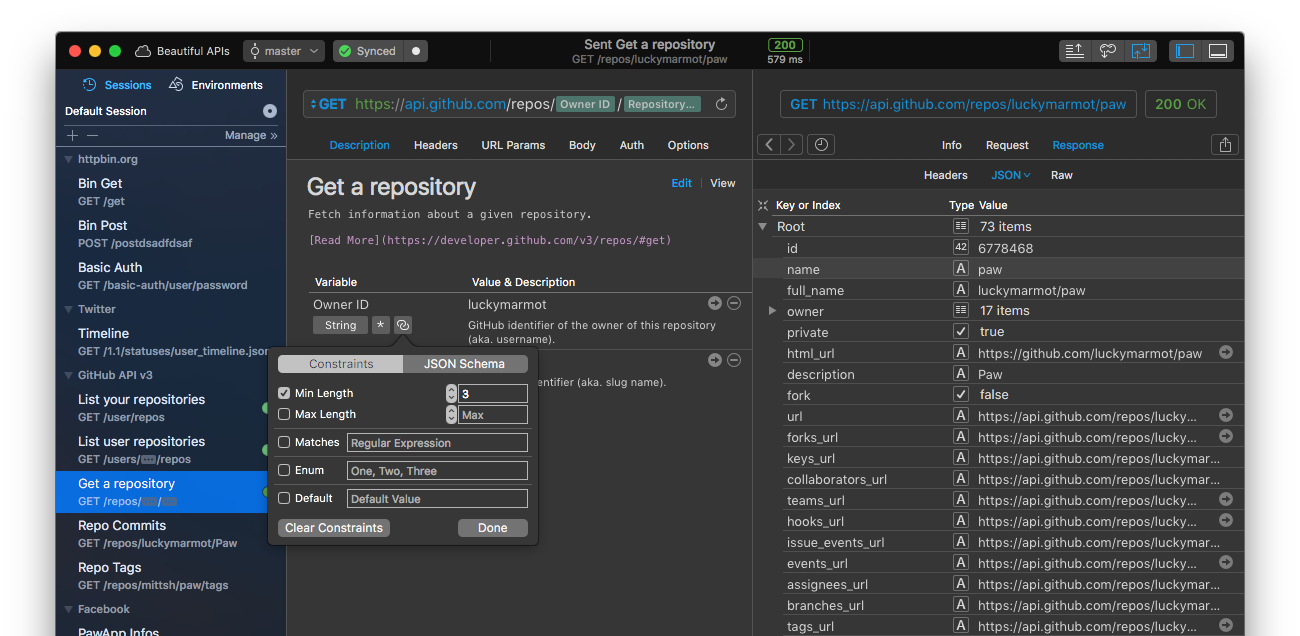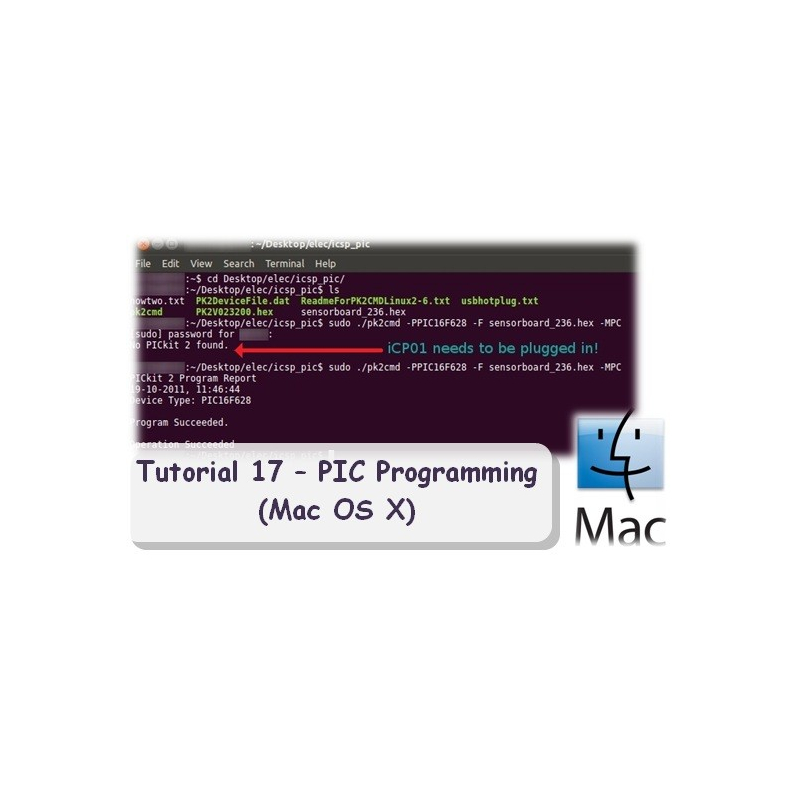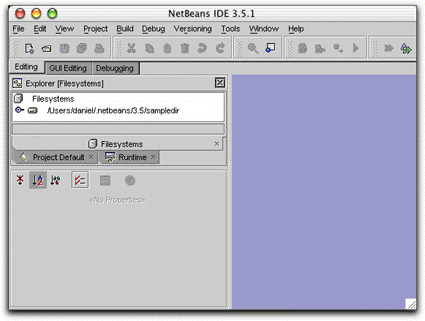

You can click on those links to confirm that Apache is running. Once web sharing is on, the right side of the sharing panel will show you links to your mac's main web page (in the above example it's ), as well as to your personal web area (your Sites folder). (You may have to click the lock in the lower left-hand corner to unlock the sharing panel and allow you to make changes.) To restart Apache, go to the System Preferences panel and select the "Sharing" icon:Ĭheck "Web Sharing" to start Apache. The important ones here are Indexes, which enables server-side includes, and ExecCGI, which enables CGI programs in this directory.Īfter the Options line, add the following DirectoryIndex line: Options specifies what options are available in this directory. Options MultiViews Indexes SymLinksIfOwnerMatch Includes ExecCGI if your username is "ted" then the file is named "ted.conf".) Open the file.įirst you'll need to change the Options line to add some more parameters: Look for the conf file for your userid (e.g. Follow the same process as before: File->open then Command-Shift-G to open /etc/apache2/users. You also need to modify the configuration file for your userid.
LEARN MAC OS X PROGRAMMING PASSWORD
(If you're using BBEdit, you'll be prompted for your system administrator password this is required since the config file is owned by the root user.) pl extension on that same line:Īlso uncomment these two lines to allow for server-side includes: pl extension be processed as CGI programs, add the. cgi extension to be processed as a CGI program. Uncomment the cgi-script line (remove the "#" that appears before this text): Once you have the nf file in your editor, use Find ( ⌘-F) to find "AddHandler". When you're done editing, use control-X to quit out of pico (you'll be asked if you want to save the file or not).) Help and instructions on the pico editor will appear along the bottom of the window. You'll be moved to a text editor inside of Terminal. You can also use the Terminal application, then type sudo pico /etc/apache2/nf to edit the file. If you're using TextEdit or TextMate, use File->Open and then type Command-Shift-G to show the "Go to Folder" window, then enter /etc/apache2 in the input box. If you have BBEdit, use "Open File By Name" from the File menu to specify the path to the file to edit. The config file is located in /etc/apache2/nf. You need to modify the Apache configuration file to tell it where your Since OS X is Unix, all of the programs shown in CGI Programming 101 should work seamlessly both on your Mac and on a remote Unix host/ISP. Upload the final working versions to your ISP for permanent hosting. You may want to develop and debug your programs on your own computer, then Programming Locally, then Uploading to the ISP * Unless you're behind a firewall, and the firewall is not configured to allow web traffic through. Obviously for permanent web hosting, you should either get a fixed IPĪddress (and your own domain name), or sign up with an ISP that can host

You dial in again you'll probably have a different IP address. Page using the IP address instead of a host name (e.g, )*.īut when you logout, your server will obviously not be connected, and when You can give people your temporary IP address and they can access your you useĪ dialup modem, DSL modem or cable modem to connect to the internet), Have your own T1 line), your Apache server will be able to serve pages Accessing the Unix Shell Who can see your website?.Programming Locally, then Uploading to the ISP.Or you may want to check out BBEdit or TextMate.
LEARN MAC OS X PROGRAMMING FREE
You can get by with using TextEdit, Apple's free text editor. You're going to need a text editor, both for editing the config files and for writing your CGI programs. If for some reason you're using an older mac with Apache 1.3, click here for the old configuration instructions. These instructions are for Apache 2.2, which comes already installed on new Macs.

CGI Programming With Apache and Perl on Mac OS X


 0 kommentar(er)
0 kommentar(er)
